
Inspiring Germany
Rest and relaxation: holidays outside the peak tourist season
Germany's cities and regions hold a special appeal outside of holiday and festival periods. Serenity and secluded nature, authentic experiences, a wide range of offers and attractive prices are only some of the benefits.
Thuringian Forest: nature's winter wonderland
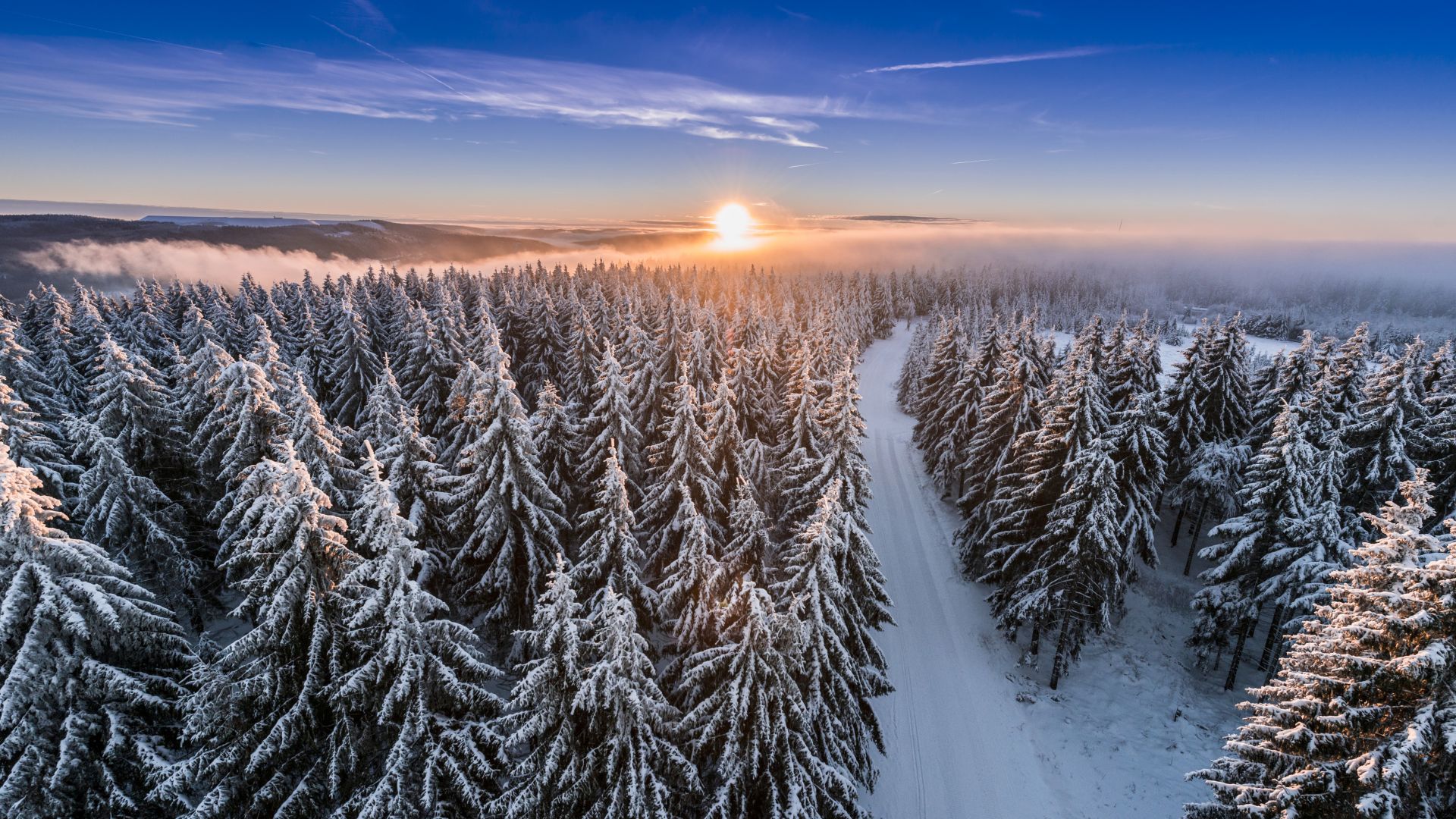 Masserberg / Schleusegrund: Snowy Thuringian Forest at sunrise / sunset
©Thüringer Tourismus GmbH (Udo Bernhart)
Masserberg / Schleusegrund: Snowy Thuringian Forest at sunrise / sunset
©Thüringer Tourismus GmbH (Udo Bernhart)
As the well-known poem by the lyricist Matthias Claudius goes, 'The forest stands black and silent'. That's how winter feels in the Thuringian Forest Biosphere Reserve . You will encounter few others on trails such as the fabled Rennsteig at this time of year. When snow envelops the landscape, it's the perfect time to explore the miles of cross-country ski runs. Or stalk wildlife with the help of a ranger – in winter boots or snowshoes, depending on the conditions.
Cologne: to the pub, or a spot of culture?
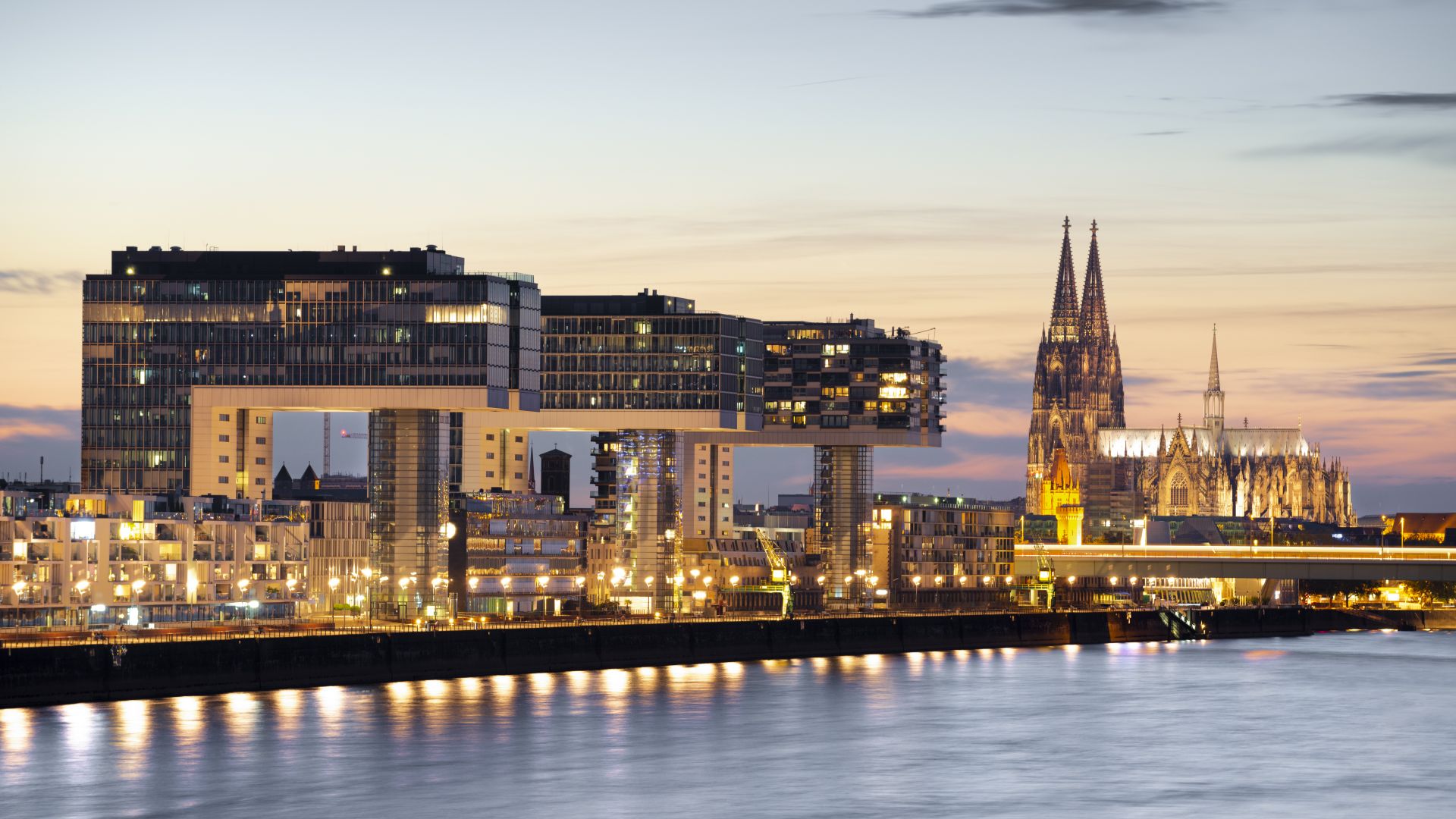 Cologne: Crane houses on the Rhine
©DZT (Francesco Carovillano)
Cologne: Crane houses on the Rhine
©DZT (Francesco Carovillano)
Cologne is among Germany's most visited cities. But outside the busy tourist season, you have plenty of room to discover the real Cologne at your own pace. The beating heart of this metropolis can be felt not only in the Old Town and around the cathedral, but especially in its districts. Explore the multicultural Ehrenfeld and authentic Eigelsteinviertel, or experience pub culture in Südstadt. Visit spectacular museums when the weather turns rainy, such as Museum Ludwig or the Chocolate Museum.
Lake Constance: autumn atmosphere on the 'Swabian Sea'
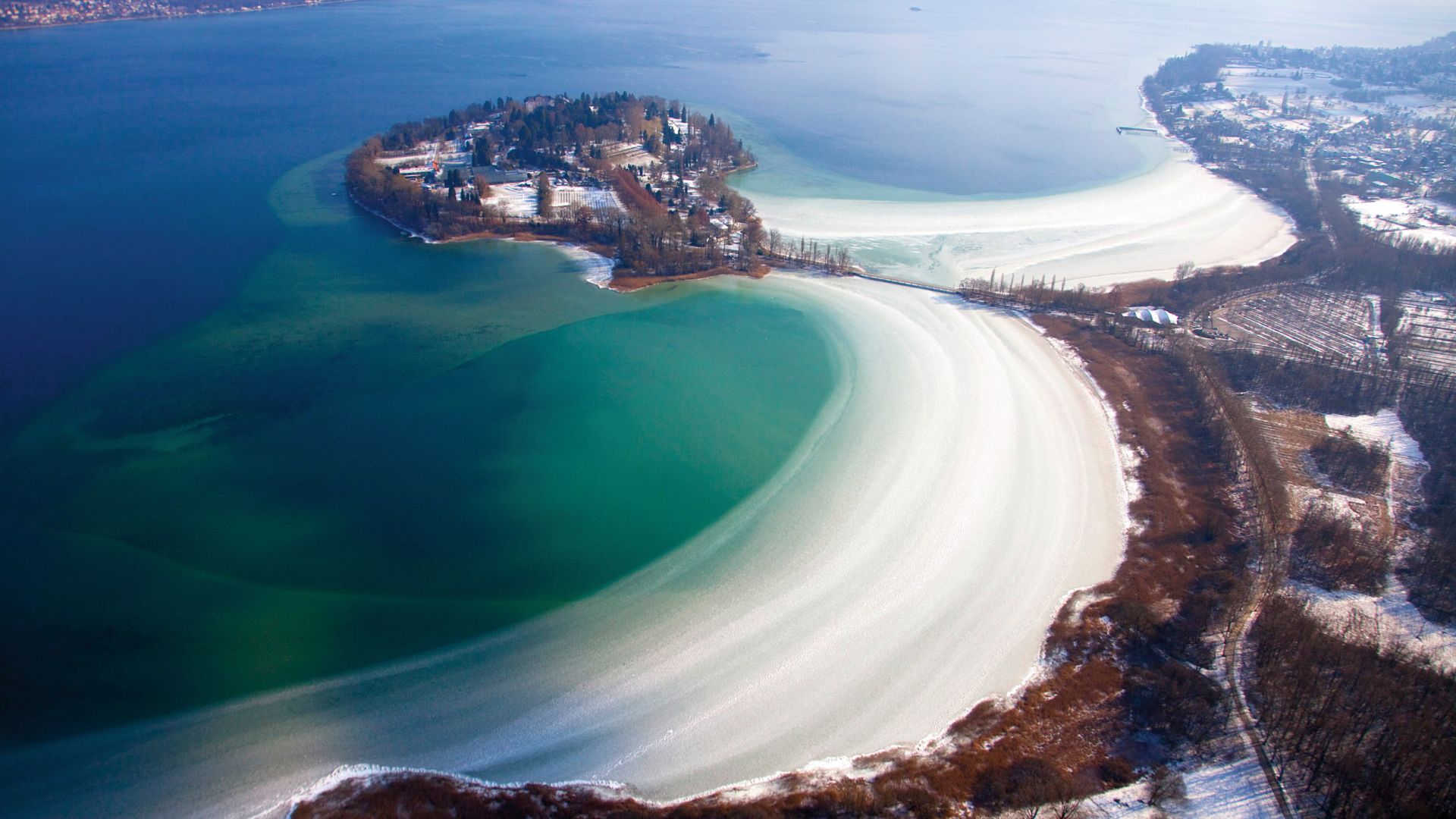 Lake Constance: Aerial view of the Island of Mainau in winter
©Mainau GmbH (Achim Mende)
Lake Constance: Aerial view of the Island of Mainau in winter
©Mainau GmbH (Achim Mende)
In the autumn, a contemplative calm falls over Germany's largest lake. The climate is mild, mist wafts over the water early in the morning: perfect conditions for cyclists and hikers who want to enjoy a view of the 'Swabian Sea' and the alpine panorama from any one of the numerous marked trails. Bathing beaches are closed, but charming towns such as Konstanz and Lindau beckon with their diverse cultural life and cosy cafes.
Volcanic Eifel: hiking among crater lakes
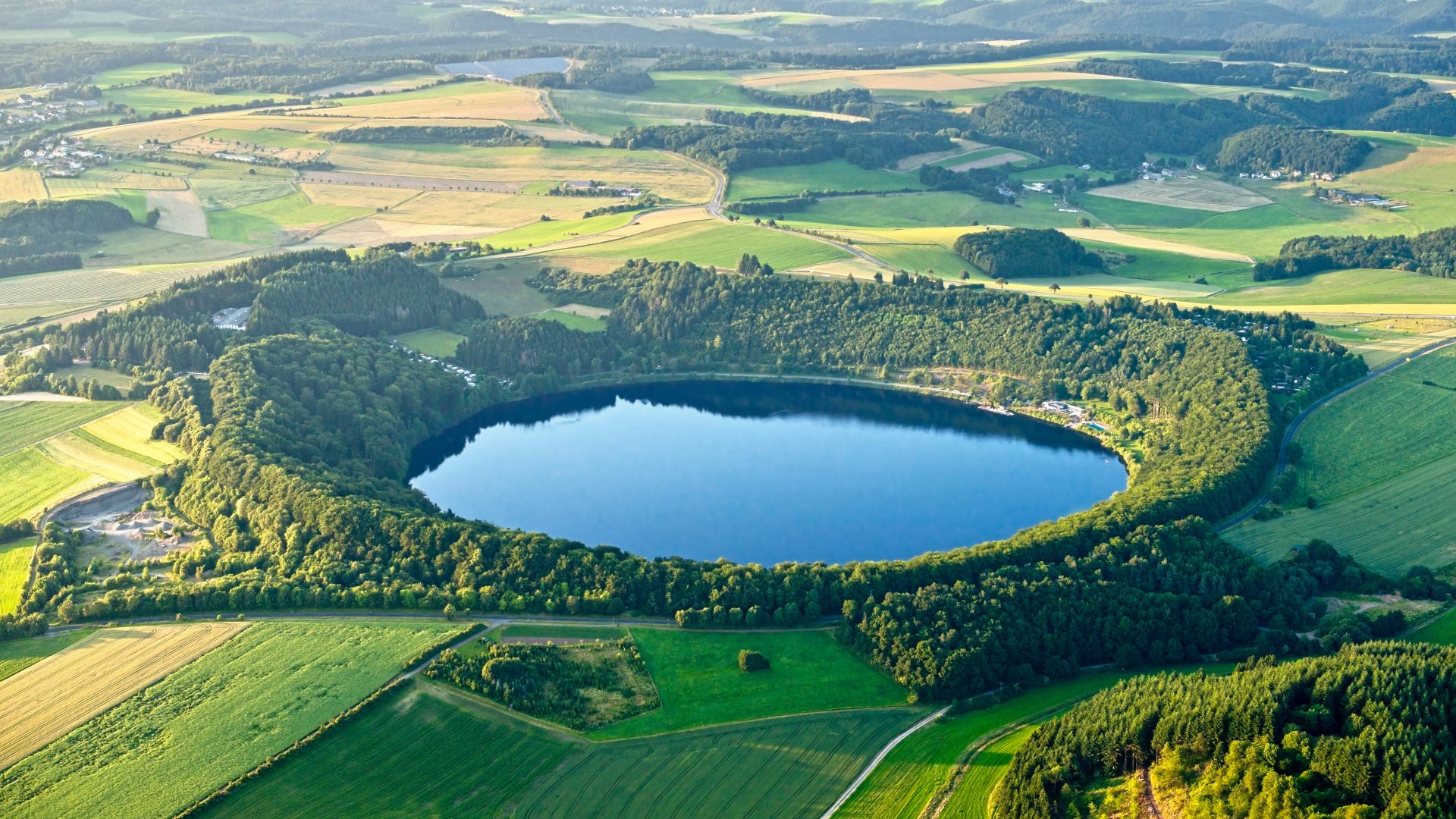 Aerial view of the Dauner Maar in the Volcanic Eifel
©AdobeStock (RalfenByte)
Aerial view of the Dauner Maar in the Volcanic Eifel
©AdobeStock (RalfenByte)
In primeval times, all hell broke loose in the Eifel – literally. Now its volcanoes have long since fallen dormant, with the most recent eruptions dating back more than 11,000 years. Over 70 maars (funnel-shaped craters created by steam eruptions) are the landmarks of the Volcanic Eifel (German: Vulkaneifel). Fall in love with this region's authentic charm on solitary hikes through autumn forests to castles, churches and chapels. The Romanesque Maria Laach Abbey on the Laacher See, created by volcanic activity around 13,000 years ago, is another highlight.
Frankfurt am Main: a museum landscape like no other
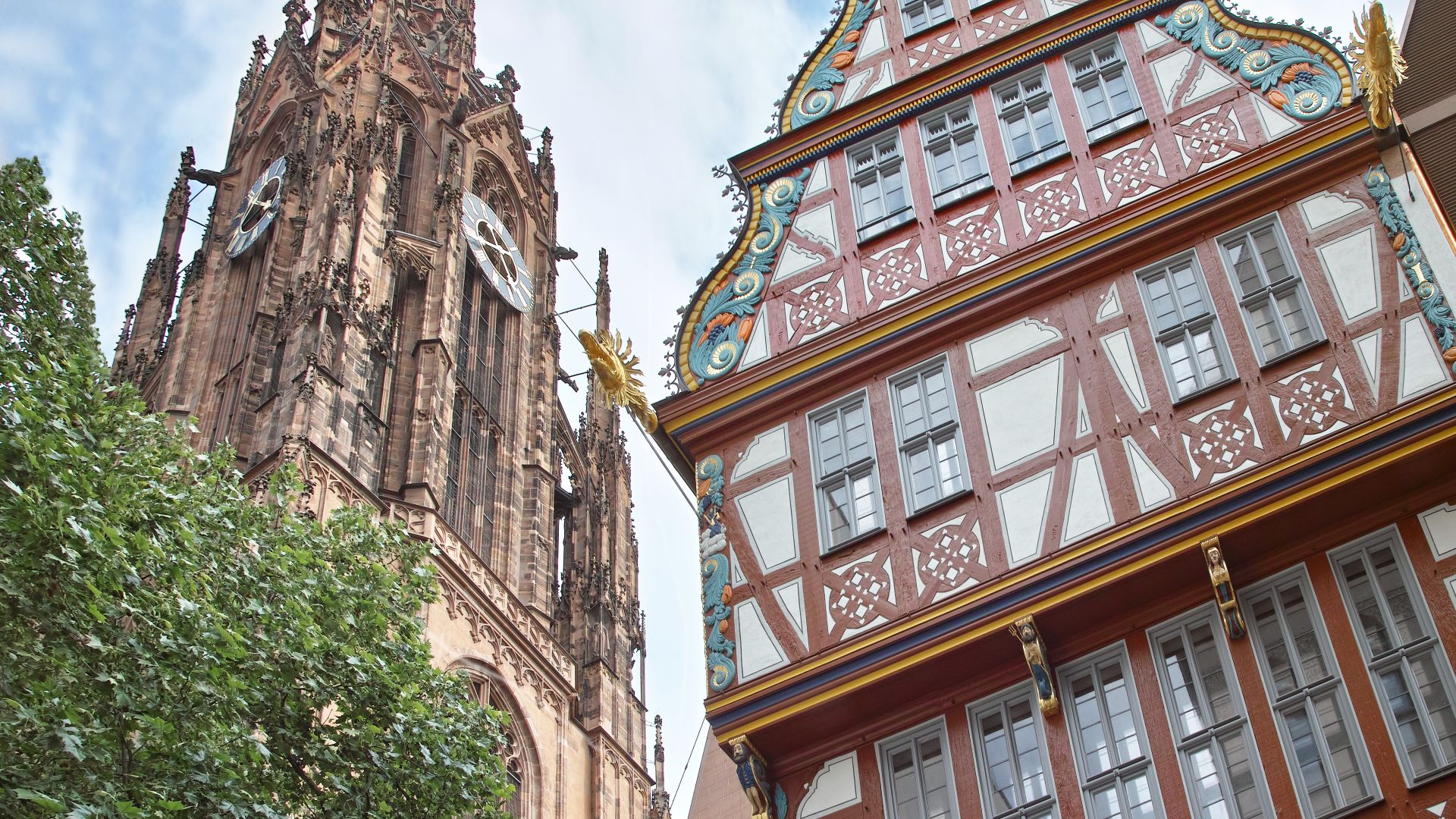 Frankfurt: new old Town
©DZT (Horst Göbel Architekturfotografie)
Frankfurt: new old Town
©DZT (Horst Göbel Architekturfotografie)
Encounter dinosaurs in virtual reality, Frankfurt's football players' best game footage, modern art and old masters: Frankfurt's museum landscape is highly varied. The Museumsufer alone is home to more than 30 of them. Experience it without the crowds outside the tourist season. We recommend starting your city trip with a guided tour, for instance through the reconstructed Old Town or on the trail of democracy in the Paulskirche.
Rügen: walks on the beach and searching for amber
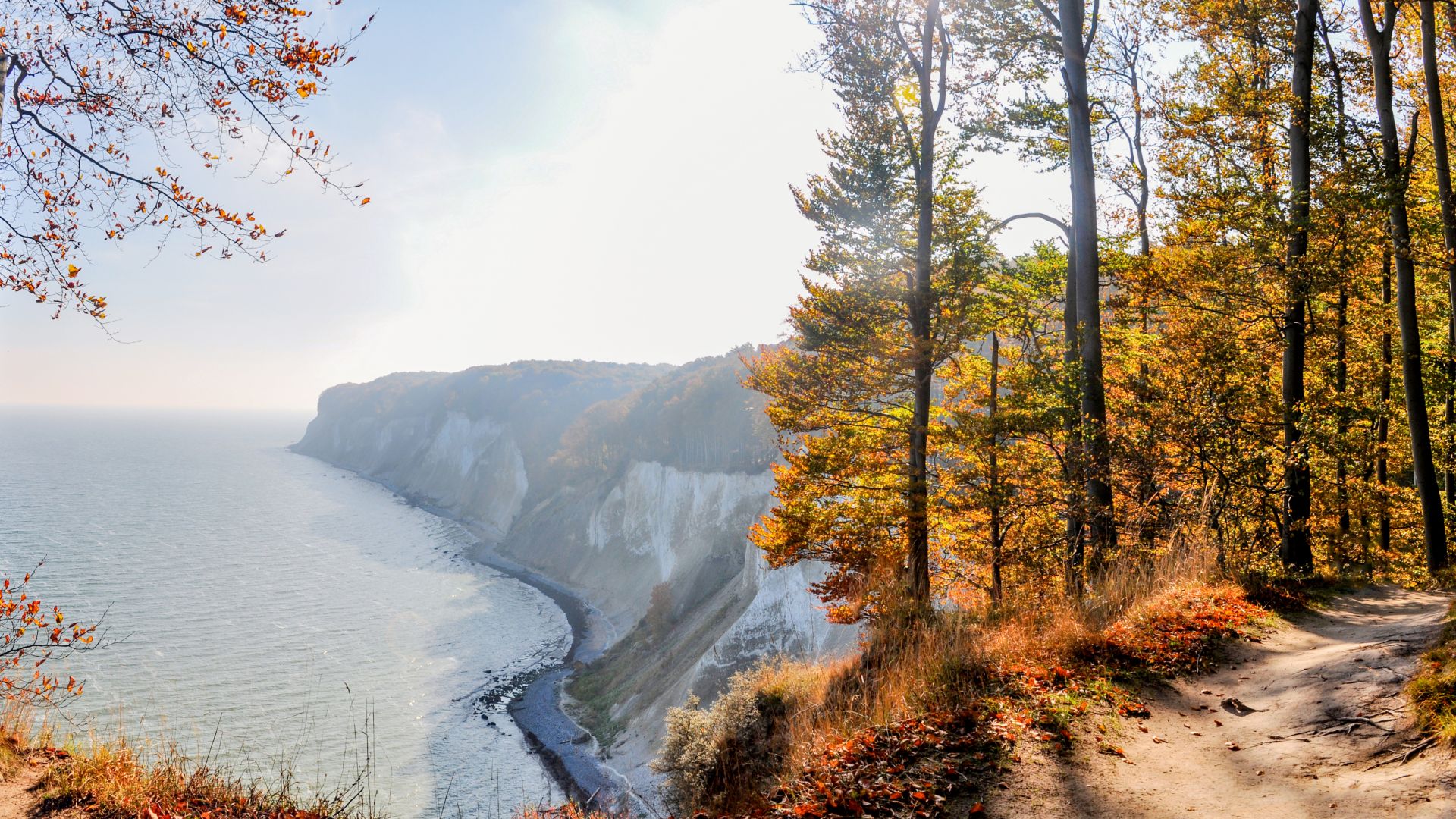 Rügen: Autumn Königsstuhl chalk cliffs of Stubbenkammer in Jasmund National Park
©Adobe Stock (textag)
Rügen: Autumn Königsstuhl chalk cliffs of Stubbenkammer in Jasmund National Park
©Adobe Stock (textag)
The heat of summer has faded, the beaches are empty. After late summer, the island of Rügen gets sleepy. This is the best season for strolls through the historic architecture of the baths, long walks along the beach and searching for adder stones, shells and amber. Autumn storms wash up this 'Baltic gold'. And after your excursion, why not relax and unwind at a spa?
Spessart: forest without bandits
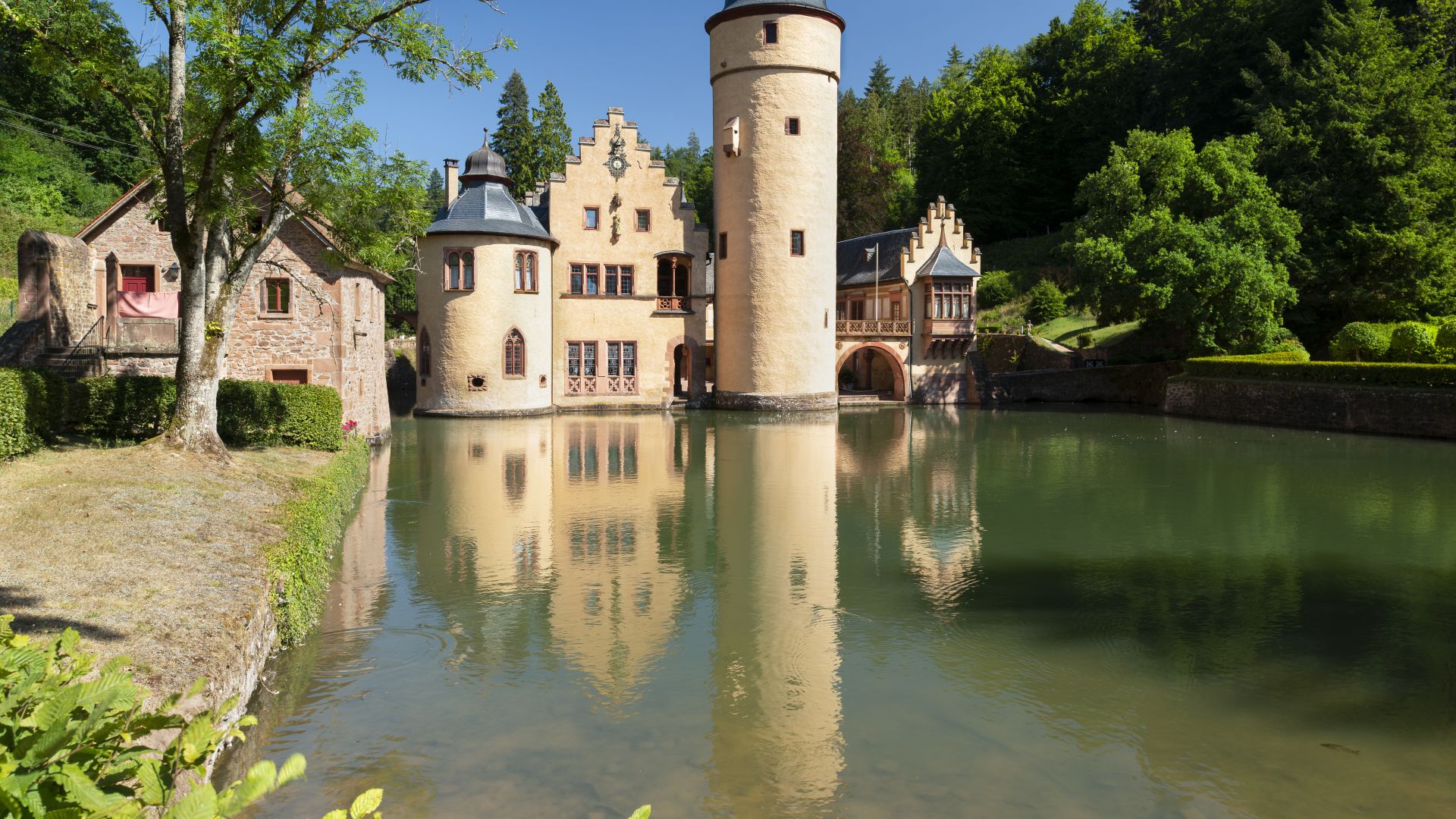 Mespelbrunn: Mespelbrunn moated castle
©DZT (Francesco Carovillano)
Mespelbrunn: Mespelbrunn moated castle
©DZT (Francesco Carovillano)
The dense forest of the Spessart used to be a hotspot for bandits. But when you hike through the colourful beech and mixed forests today, you might not see another person for hours. The pretty Mespelbrunn moated castle has served as a movie set, places such as Lohr am Main or Neustadt beckon with museums and monasteries, Rothenfels with its mighty castle high above the Main River. Explore the Hafenlohrtal, an enchanted nature paradise in the heart of Germany.
Fehmarn: coffee, cake and culture
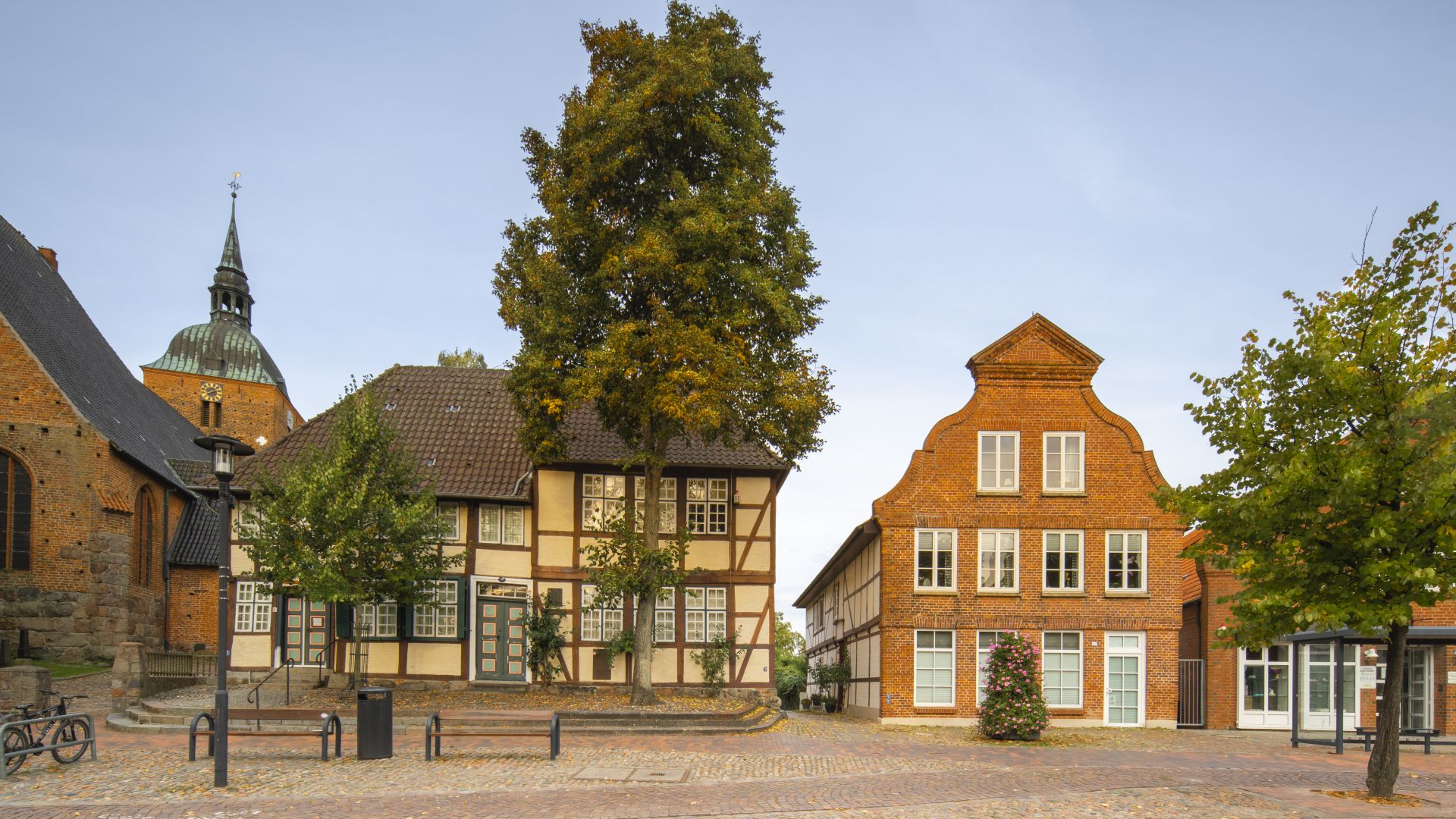 Fehmarn: Old town in the district of Burg
©DZT (Andrea Hitzemann)
Fehmarn: Old town in the district of Burg
©DZT (Andrea Hitzemann)
With nearly 80 kilometres of coastline with extensive beaches and cliffs, it's easy to see the appeal of the island of Fehmarn . After the fresh breeze blows away the cobwebs during a long walk on the beach, warm yourself with coffee and cake in the principal town of Burg or one of the villages. With readings, comedy and the cinema, Burg also has plenty of entertainment on offer for stormy or rainy days.
Harz: above and below ground
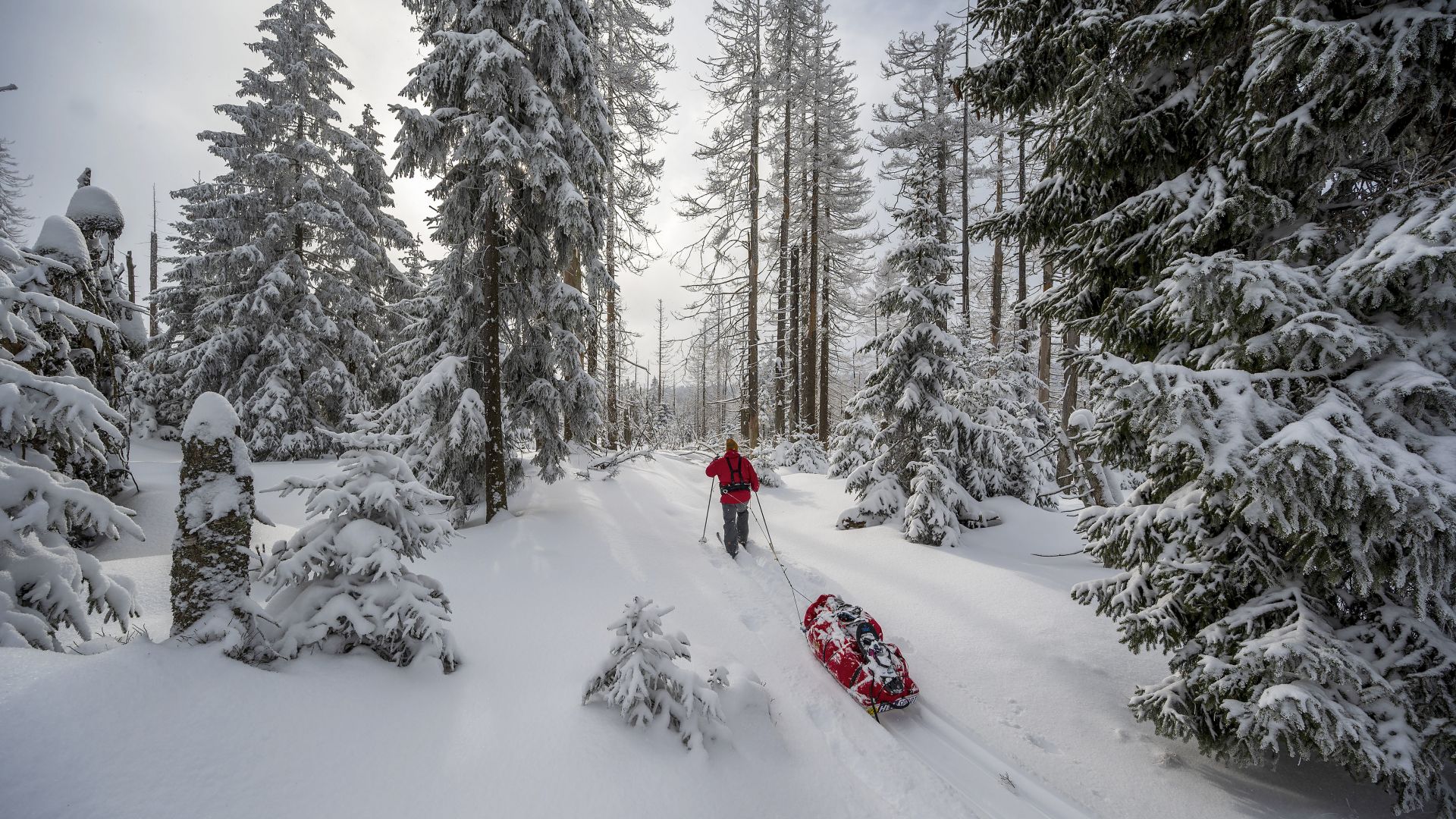 Ski hiking in the Harz National Park
©DZT (Michael Neumann)
Ski hiking in the Harz National Park
©DZT (Michael Neumann)
In the winter months, the Harz Mountains attract skiers to around 50 alpine skiing slopes and 500 kilometres of cross-country ski runs. Few take advantage of the exciting cultural opportunities at this time of year. There are numerous castles and palaces to explore, including the Romanesque Imperial Palace of Goslar (German: Kaiserpfalz Goslar). The UNESCO World Heritage Site Rammelsberg, where ore was mined for more than 1,000 years, is also close by. A ride on the mine railway into the visitor mine there is an impressive experience.